Benvenuto Cellini: Musician, Goldsmith, Sculptor.

Some artists of the 16th century were so absorbed in their crafts that they poured themselves into developing new ways to portray the world as they saw it. Others found them lost amongst their commissions as they floundered in the sea of their creative ideas. The Renaissance was raging, and many prominent names had already established themselves amongst the artistic, social scenes. The historical accounts of these artists have taken on the characteristics of wild temperaments and larger-than-life personalities.
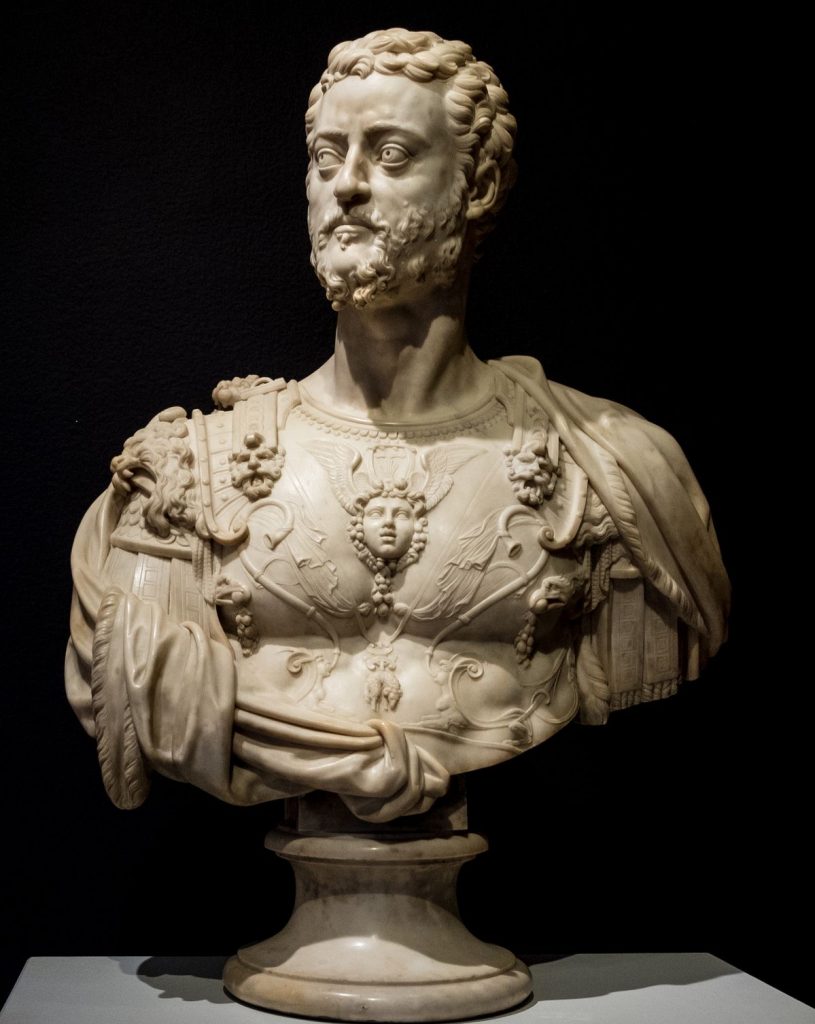
[Bust of Cosimo de Medici]
It seems that Benvenuto Cellini was no exception to this flare for the dramatic. We are able to recount his eccentric personality through an autobiography written at the age of 58.
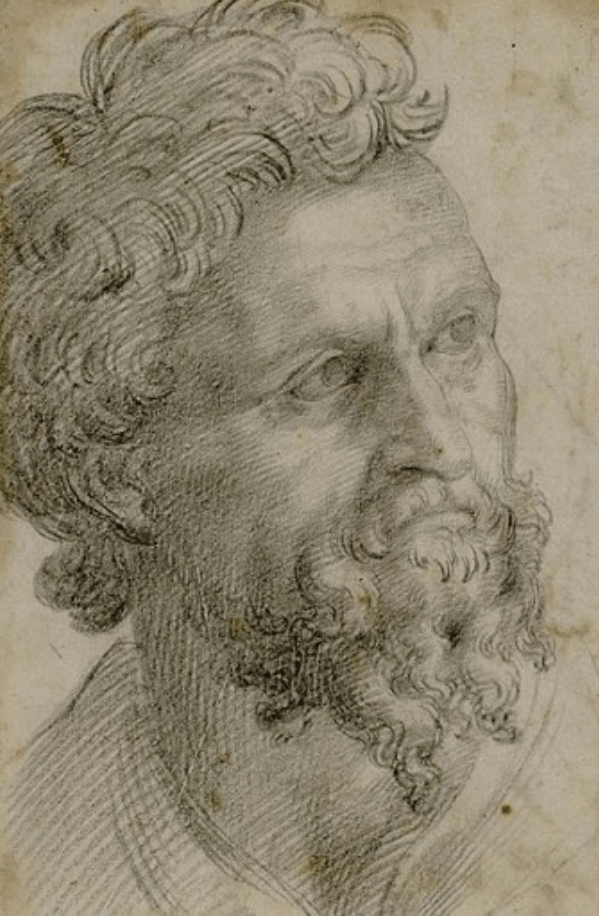
[Self Portrait]
It recounts his passion for art, music, numerous sword duels, and less than a humble view of himself. His creative beginnings took root as the son of a musician and instrument craftsman in Florence. Although his youth was spent studying music, he felt the draw of art forms with three dimensions.
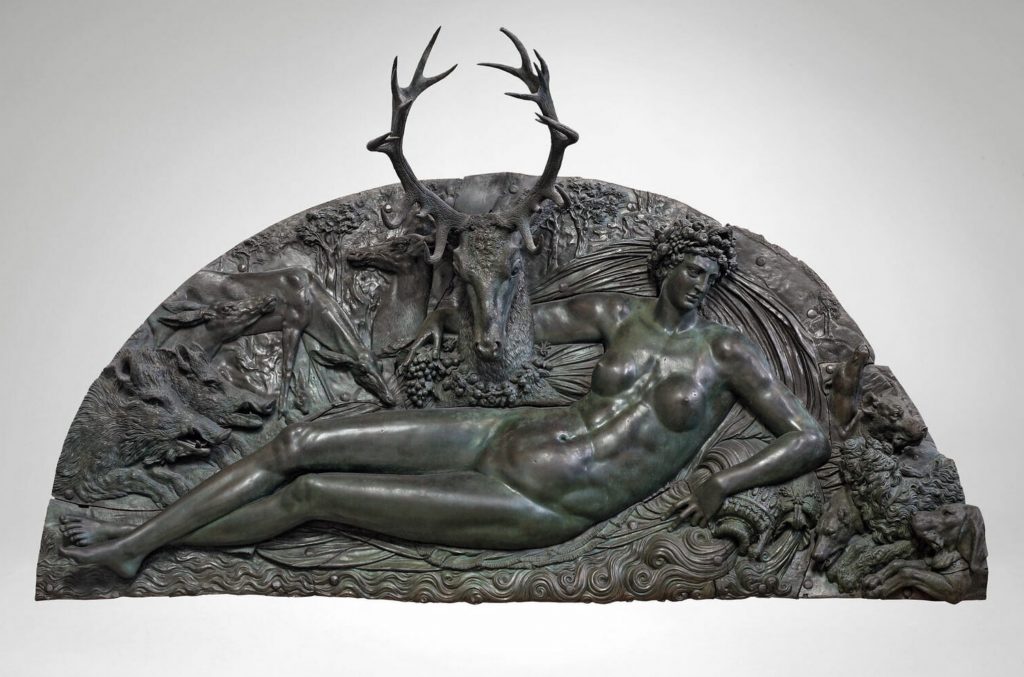
[La nymphe de Fontainebleau 1542 – 1543]
He apprenticed as a goldsmith and moved between Siena, Rome, Venice, Fountainebleau, and Paris throughout his career. With a variety of patrons ranging from Pope Clement VII to leaders of the Medici family.
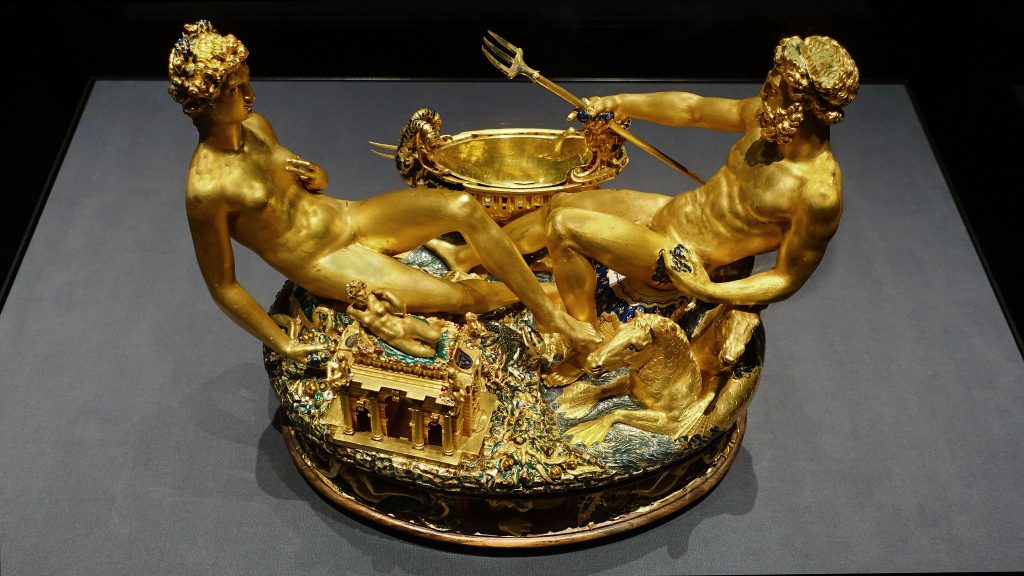
[Benvenuto Cellini, Salt cellar, 1540-43, gold, enamel, ebony, and ivory, 28.5 x 21.5 x 26.3 cm (Kunsthistorisches Museum, Vienna; photo: Steven Zucker, CC BY-NC-SA 2.0)]
He made his most notable marks on the art world as part of the Mannerism movement with his talent as a sculptor. Bronze statues still stand in Florence today, and many of them have been recreated. The originals have been moved to various museums.

[Jupiter]
One of his most famous pieces is the sculpture titled “Perseus with the Head of Medusa” that stands at the Piazza Della Signoria in Florence and was commissioned by Cosimo de’Medici.
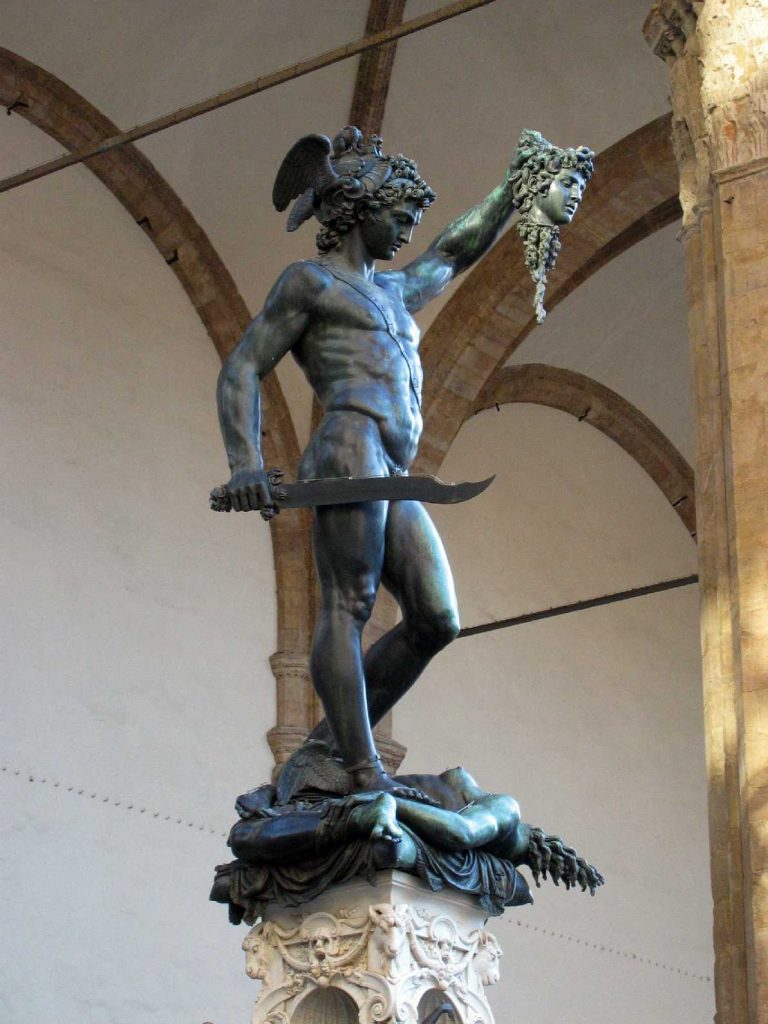
[Perseus-with-Head-of-Medusa]
The stoic figure of Perseus holds the severed head of Medusa from Greek Myth. The disembodied head and corpse both have what appears to be snakes writhing from where they were once connected. And the figure stands with weight braced on one leg as it steps over the creature’s corpse. The skill of Cellini is evident in the depiction of the God with the near-life-sized figure appearing almost frozen in stride.
His hot-blooded attitude was attributed to his frequent travels across Europe to evade accusations and enemies he made. This exposed him to many works of other masters of the time and also spurred him to create this masterpiece of bronze amongst his significant skill for works of gold and other sculptural forms.
Tolan,
Impressive work on Cellini! Solid research and information and personal insights and thoughts on the work. You can tell you are enthusiastic about your subject. Couple of things though, I want students to post on painters only in this class as that is our focus. I’m not going to quibble because this is so well done but stick to painters from here on in. I am looking forward to reading what you write moving forward. Also don’t forget to cite your sources.
Jeff
Thanks Mr Burgess,
I’ll stick to painters from here on out and at my citations.
Writing comments from Patrick
Great storytelling. Reading the piece out loud and using Grammarly would improve the sentence structure, and point out awkward phrasing and missing words. Suggest moving last paragraph higher up when you tell more about his life.